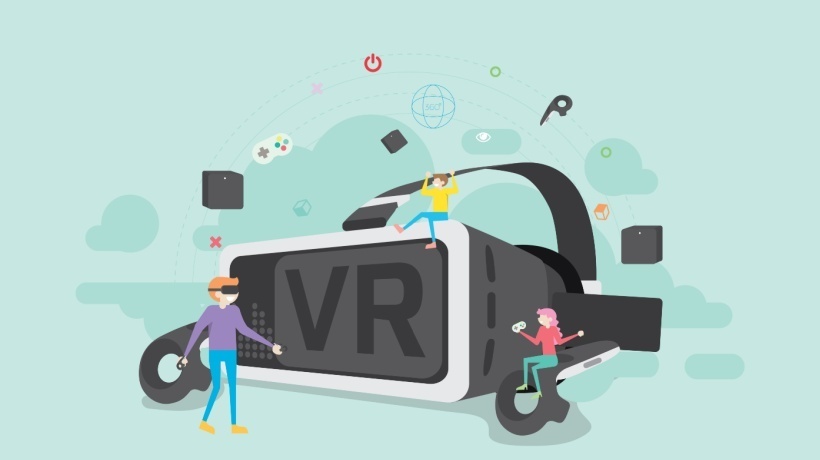Why Gamification Needs To Be Part Of Your Strategy
Gamification is all about designing purpose-built experiences and systems to achieve specific learning outcomes. It can range from systems that provide points and badges to complex and detailed scenarios.
What Is Gamification?
Gamification can also be delivered on many devices, ranging from mobile solutions to Virtual Reality (VR) and Augmented Reality (AR). So rather than thinking of gamification as a plug-in or a single solution, think of it more as a mindset. Game thinking can be applied to all types of training and we have seen an increase in the use of game mechanics in virtual classrooms, distinct systems, employee onboarding, health and safety training, and even make-up application training—the list goes on.
This is because businesses have begun to realize the potential of using a game-based approach due to its ability to raise levels of engagement in Learning and Development (L&D) strategies. Learning activities can be structured around game elements such as scenarios, character pacing, and levels as well as using appropriate reward structures to engage learners in the activities. By playing through the experiences, learners can develop and build the skills they need in their working environment.
Reasons Human Resource Managers Cannot Ignore Gamification
1. Ever Growing Expectation
50% of the UK and 65% of the US population play games, and this is particularly strong in the millennial generation. Millennials today comprise 35% of the labor force in the US and UK.
The workforce is expecting active involvement in learning, along with immersive experiences, as standard. This means we need to find ways to engage them and speak their language when it comes to Learning and Development. If organizations don’t adapt to appeal to these audiences, attracting talent will become increasingly more challenging.
2. Contextualizes Learning And Promotes Behavioral Change
Of course the reason why we have Learning and Development functions is to boost performance. We want to see behavioral change. However, in order to see a change in behavior, we need to understand what "good" looks like and we need to know why it is important, and we need to care. In other words, we need the motivation, we need the context, and we need to believe a change will lead to a better outcome.
In gamification and game-based learning the target behavior is presented in a work-based scenario, where we place the learner in control of the situation. Within the scenario, we’ll ask them to make certain choices and demonstrate their understanding. And then, based on these choices, we will give feedback, either positive or constructive, reinforcing or polishing the behaviors we want to see.
3. Makes Training Effective
In the UK, £42 billion is spent on training per year, and in the US, it is $93 billion. So it’s no wonder organizations are looking for a good Return On Investment. And training is of course more complex now that we have hybrid and remote models of working. Human interaction in learning remains an important part of the blend, but access to specialists can often become a bottleneck. This is where digital learning can shine.
- A game-based approach can take your best trainers and can immortalize them as digital mentors
- An analytics dashboard can highlight what each individual learner understands and where they need more support
- A games approach can provide a motivational and engaging framework to create a ripple effect, where learners can build up their knowledge and develop a love of learning
Conclusion
Gamification is all about selecting the best game mechanics for a learning challenge and crafting a solution that will drive engagement and increase performance in learners. It is not a silver bullet to solve all Learning and Development challenges, but it needs to be part of the strategy, part of the blend of solutions you offer your learners. It is best used to motivate and provide context for complex and nuanced scenarios. It can provide psychological safety to allow learners to practice and refine their skills.
Gamification not only drives engagement but it also differentiates your organization from the competition. By designing your strategy around your learners needs and wants, by offering them different and engaging ways to learn, you are signaling that you appreciate and value your workforce. By doing so, you will attract talent and ultimately drive improved business performance.










